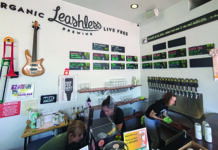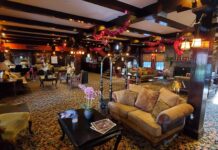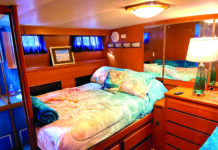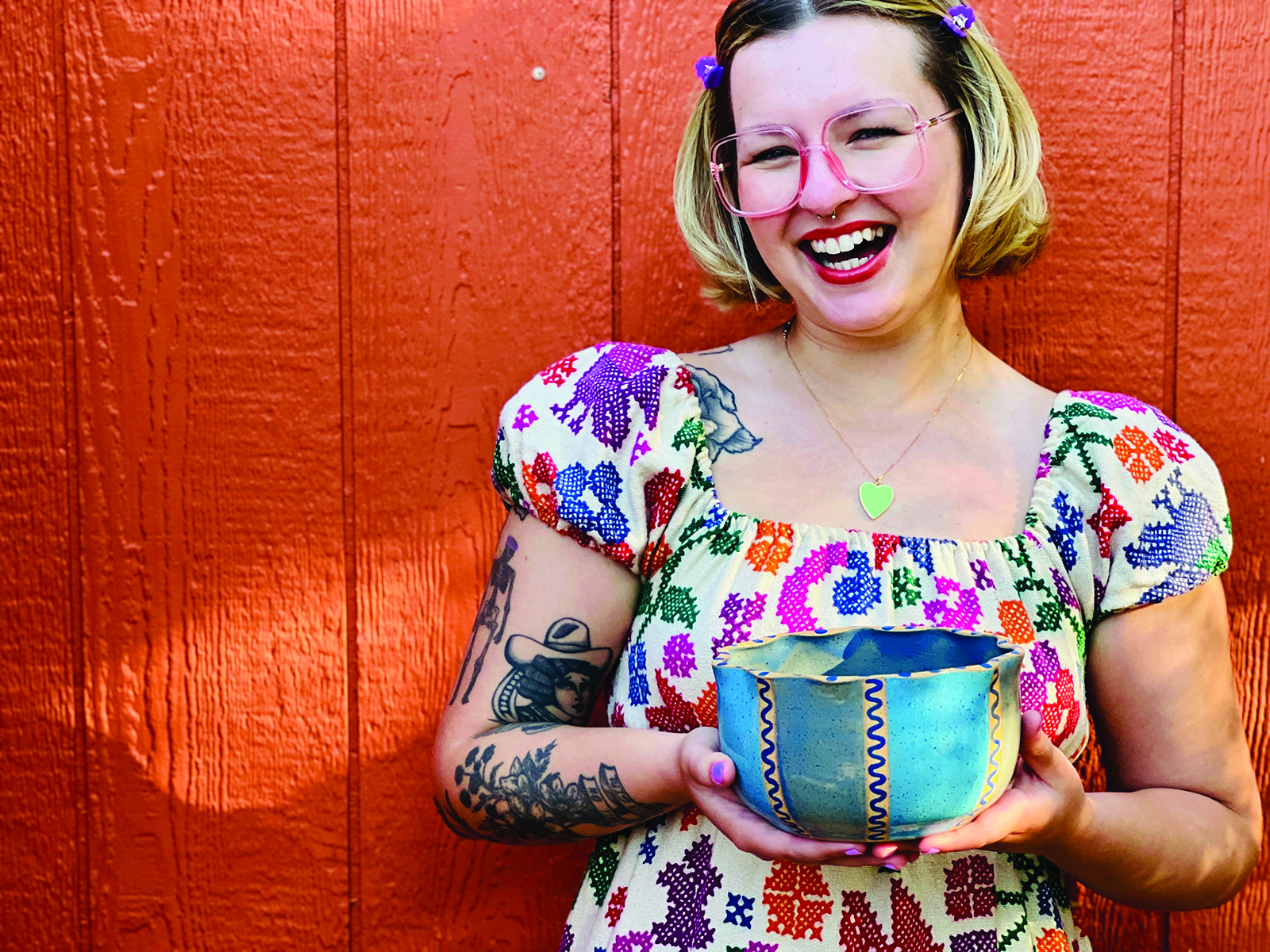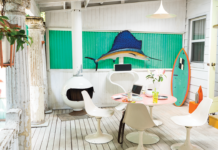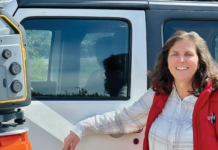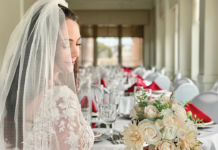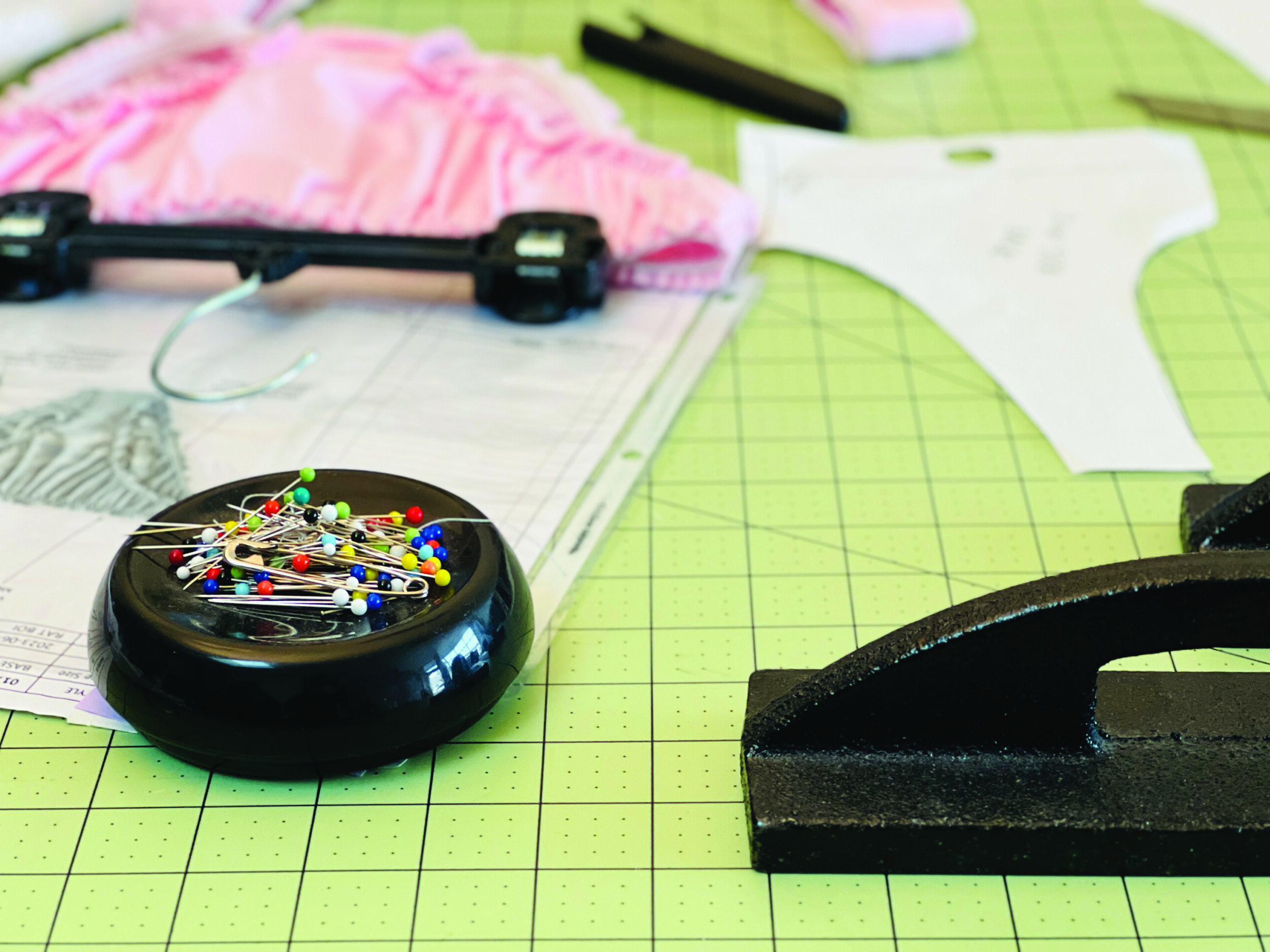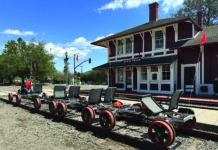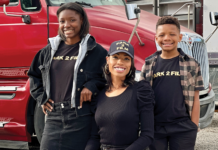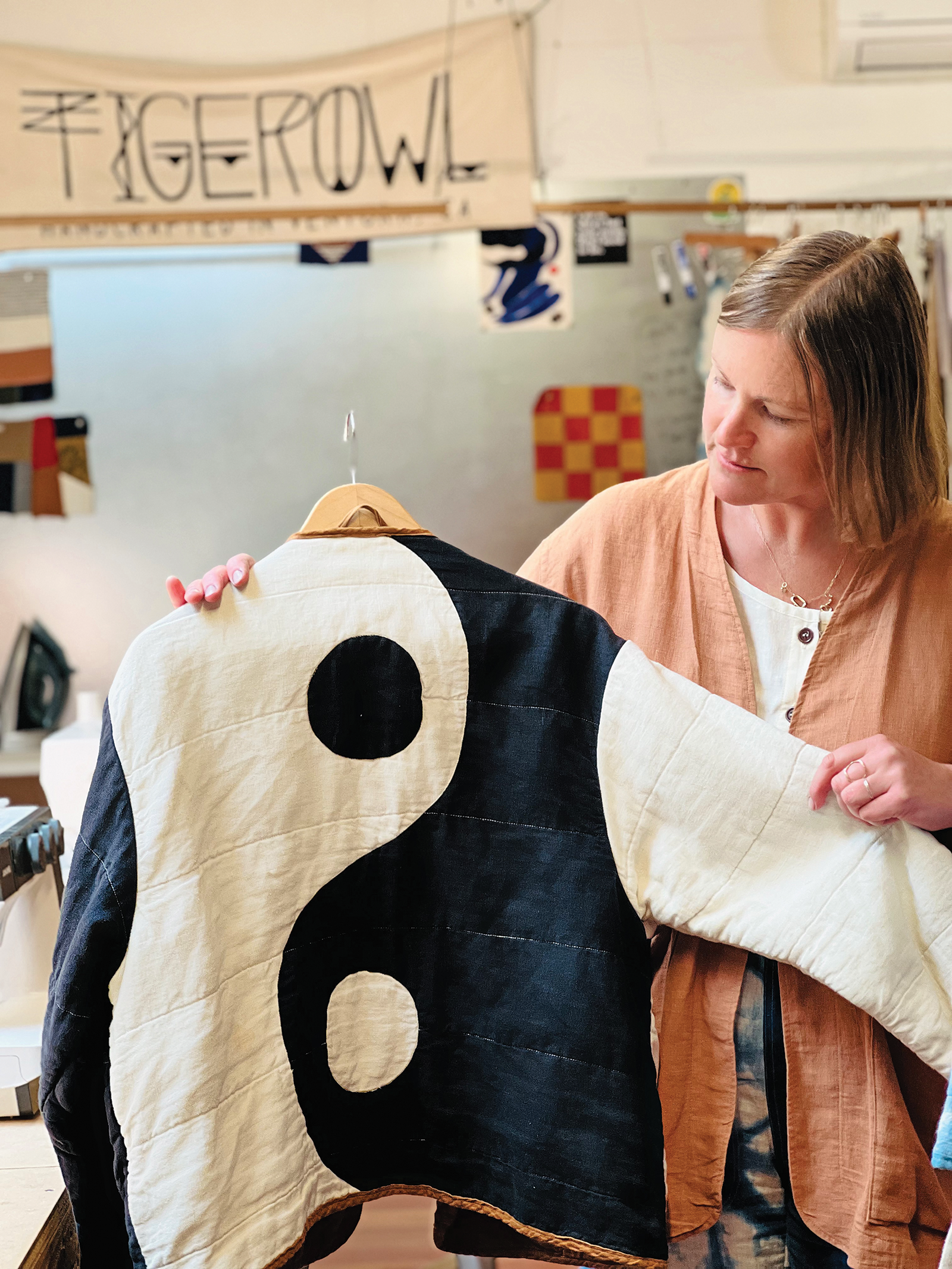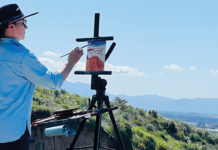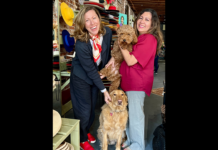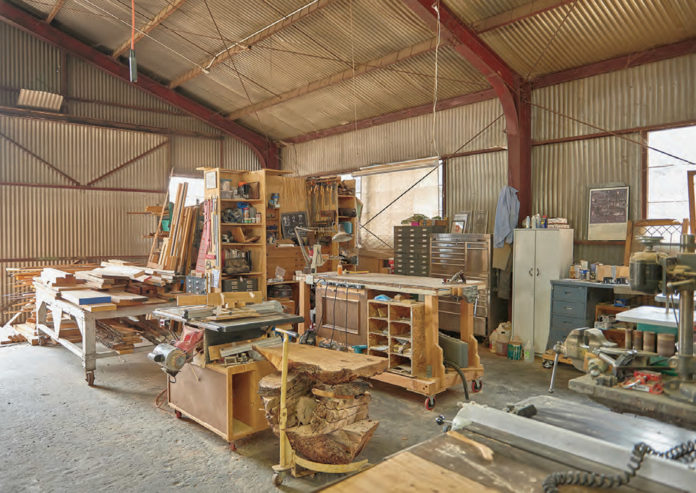By Nancy D. Lackey Shaffer
Photos by Luis Chavez
Mike Adams of Santa Paula Craftsman did something many of us only dream about: He left his corporate job to follow his creative passion. The one-time database administrator and private investigator exchanged his briefcase for a toolbox, his desk for a workbench and began a new career as a woodworker. Now he makes furniture, restores old windows and (sometimes) does handyman projects . . . and couldn’t be happier. He spoke with Ventana Monthly about his decision to leave the corporate world, making art that can be used, the value of work-life balance and more.
When did you first start doing woodwork?
My father was a machinist, and he allowed me to use his home workshop tools and took me to work on Saturdays. My paternal grandfather was a maintenance worker, my maternal grandfather was a die sinker machinist, his father was also a machinist, so fabricating and fixing things is multi-generational.
When my father retired after a lifetime of steel parts machining and design, he began wood craft. His machining process is much more precise then mine, and he has more patience. One brother is also a machinist, and the other builds and fits orthotics.
I was always modifying and fixing my bicycles and toys, and in high school, back when schools had shop classes, I took wood, metal, electrical, auto, drafting and architectural courses.
I slowly grew my tool collection after I got married and started building more and more complex furniture. I made some hideous and ill-designed furniture those first few years.
My understanding is that you were in a completely different line of work before
you opened Santa Paula Craftsman. What were you doing before?
My wife and I always lived in old houses, so I always had a “real” job during the week and a woodworking and home improvement job on the weekends.
I worked for the County of Ventura for 10 years as database administrator, and then I founded and ran a background check and private investigation company for the next 20. The first 15 had minimal growth, but in the last five years as CEO we had a 30-fold increase in business.
I was in my mid-50s, working crazy hours and weekends, traveling, totally burned out, no longer able to maintain the pace, and taking out the frustration on my family. My doctor and therapist both told me that workplace stress was literally killing me and that I would be dead or stroked in six months if I didn’t change my environment. My sons and wife were very supportive and she said, “I don’t care about the money. I just want us to be happy and grow old together.” A few months later my partners made the decision for me and we parted ways, but my early exit came at a significant cost.
It’s not where most people want to be at that age, unemployed with minimal savings, but the kids had moved out and we were ready to simplify and downsize. We sold our big Victorian and bought a tiny bungalow up the street. Life is much simpler.
What inspired you to start this business?
I had built up an impressive amount of woodworking tools and equipment over the last three decades, had completed some well-paying furniture commissions, and always dreamed of being in the wood shop all day every day.
I didn’t want to go back to the corporate life. So in early 2018, newly unemployed, I fleshed out the Santa Paula Craftsman’s business plan and assumed I would starve financially for the next year while I did so. I relied on local mentors, Ventura’s Seana-Marie Sesma and Santa Paula’s Chris Wilson, who gave me the self confidence and encouragement to move forward.
A month into unemployment, I had the opportunity to buy a turnkey handyman business at a bargain price, giving me a customer base, instant cash flow and zero business debt. Because I had all this woodworking equipment, my partner Lance Higgins and I morphed into a vintage door and window restoration and fabrication company (WoodWindowDoctor.com) that currently pays the bills while I grow Santa Paula Craftsman to a level that can support my family.
Furniture making has always been my dream, and for me it is a very solo craft. I have a collaborative relationship with other artists, but I’m happiest and most productive working by myself.
What were some of the biggest challenges you faced starting your business?
I was very fortunate in that I already had decades of experience running a business. I learned the hard way that cash flow is your lifeblood. Keep overhead low. Avoid leasing or financing. Don’t be afraid to tell a customer “No.” Specialize in something so you can charge more. Have adequate insurance.
Do you have a particular style that you specialize in?
I was always drawn to the 1900s craftsman style. Then I saw a Greene & Greene furniture coffee table book and was blown away. My wife and I took a tour of the Gamble House in Pasadena, and I was hooked.
I don’t make art pieces to be hung on a wall or stored under glass. I want it to be used. My company tagline is “Art For Your Daily Life.” It’s satisfying to make a bench or table for someone and see it years later, scratched and dented, used and enjoyed.
How do you find your clientele? Is it mainly individuals or large corporations?
It used to be strictly referrals, but now that I have a commercial shop on a busy road, and Etsy and Yelp, I get walk-ins and phone inquiries.
Have you worked on any projects that members of the public have seen — like
at an art gallery, tables in a local restaurant, etc.?
Yes. A local artist, Susan Petty, was on the Community Memorial Hospital expansion’s art committee and asked me to make a base for Cheryl Ann Thomas’ ceramic art. It ended up being a massive solid maple base topped by a large plexiglass cube and is currently located in the emergency room lobby.
Last fall I was part of a special exhibit, Beyond Function: Fiber, Wood and Clay, with ceramicist Nate Pidduck and tapestry weaver Michael Rohde at the Santa Paula Art Museum.
What are some of the more notable projects you’ve worked on?
My Gamble House entry table in mahogany, ebony and cherry sat in our dining room for years, and the Greene Brothers’ design and proportions are timeless. I love this table, but it’s too large for the little bungalow we now live in, so I have to sell it. Someone is going to end up getting a treasure.
The Greene & Greene-inspired tall pendulum clock in book-matched walnut, ebony and art glass took over two years to make. It’s my own design, and I had never made a clock case before. It’s fully functional, so I’m quite proud of that one.
Any projects that were particularly difficult? Or particularly rewarding?
The Saw Table + Table Saw project is very unique and a technical accomplishment. I found a rusted 32-inch industrial saw blade in an Oregon hardware store and embedded the blade into a round, scallop-edged solid walnut top using a CNC program. The three curved legs mimic the shape of the blade teeth. I kept the rusted patina on the blade.
My latest work, the “TriQuatroMesa” table in mahogany, has a square top and inverted triangle hairpin legs. There were technical challenges of joining the base’s 14 degree angles, so I finally decided to just build it, and it was everything I hoped it would be.
Has your business changed during the pandemic?
My shop is open to the public on Saturdays, so I stayed closed for most of the spring.
Where do you find your greatest inspirations and influences? What informs your work?
In the most unlikely places. Thrift store furniture, museums, old home features, ancient joinery and mid-century antiques. My wife is a ceramic artist, painter and sculptor, and she has a great eye for style. It helps to have a critic, and she is always right. Well, most of the time.
What’s next for Santa Paula Craftsman?
The transition from part-time to full-time furniture making. The technical skills, workshop and equipment are in place, I have three active commissions in the pipeline, there’s a big list of future projects in my files, and I have a cache of long, wide, beautiful 50-year-old Honduran mahogany ready to be made into furniture.
Any words of wisdom to share?
I used to think that a high salary, the CEO job title, and money was a sign of “success.” My career transition has forced me to reevaluate the work-life balance. Why am I working so hard? What am I trying to accomplish in life? How is my career affecting my family? My kids never cared how much money I made, but they do remember our weekend camping and lazy days at the beach, and I wish I had made more time for them.
I’m not rich by society’s standards, but I have enough, and I’m moving closer to doing what I truly love each and every day.



